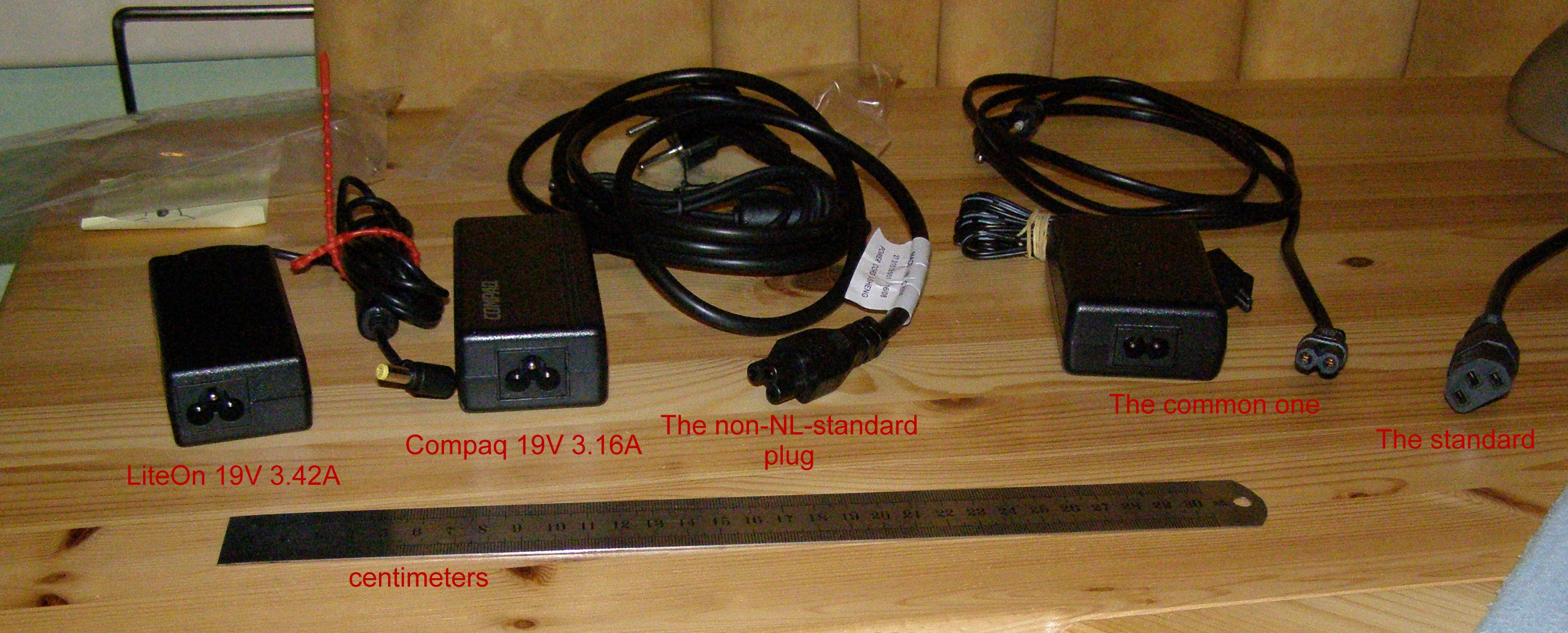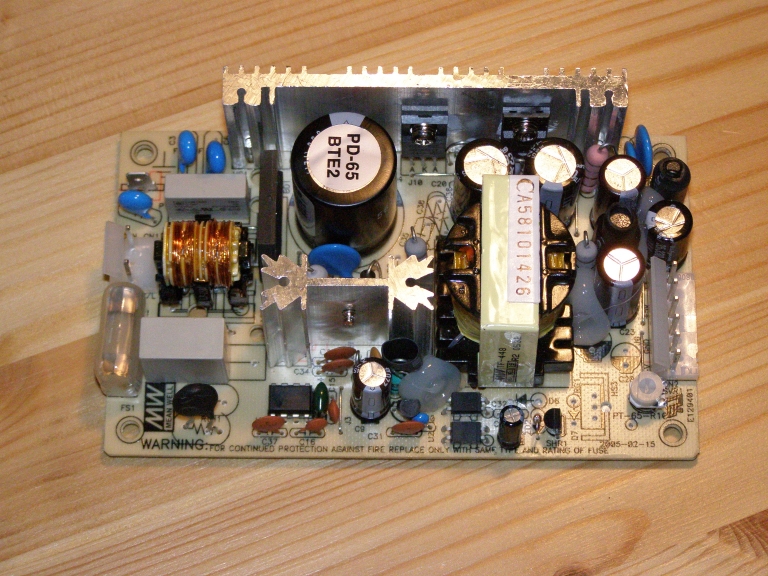
 August 12, 2009: This is what I like
August 12, 2009: This is what I like August 10, 2009: There is hope: 3 pin SMPS's are there
August 10, 2009: There is hope: 3 pin SMPS's are there August 8, 2009: small video on Ycap-effect and a bit larger video of scoped effect
August 8, 2009: small video on Ycap-effect and a bit larger video of scoped effect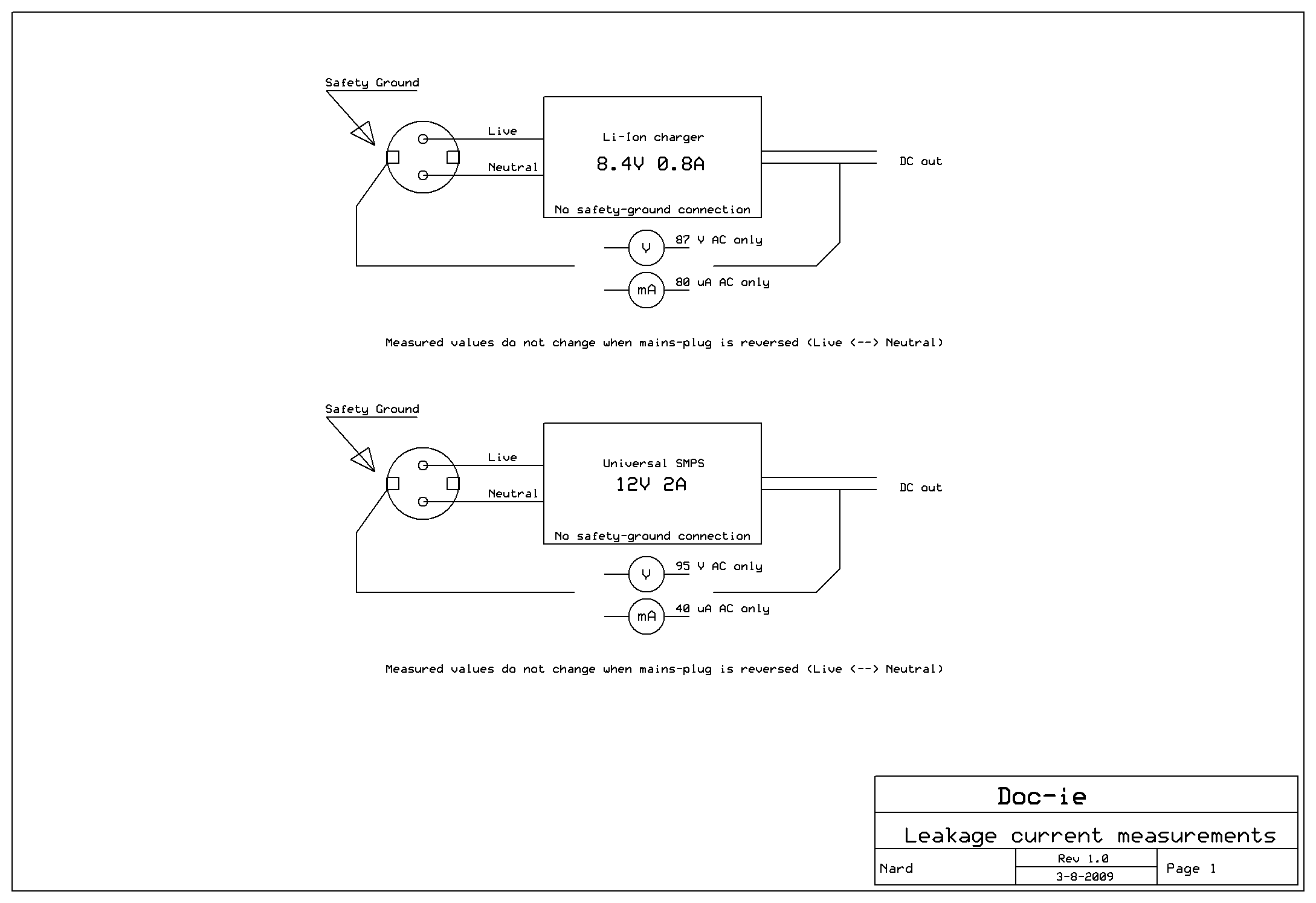
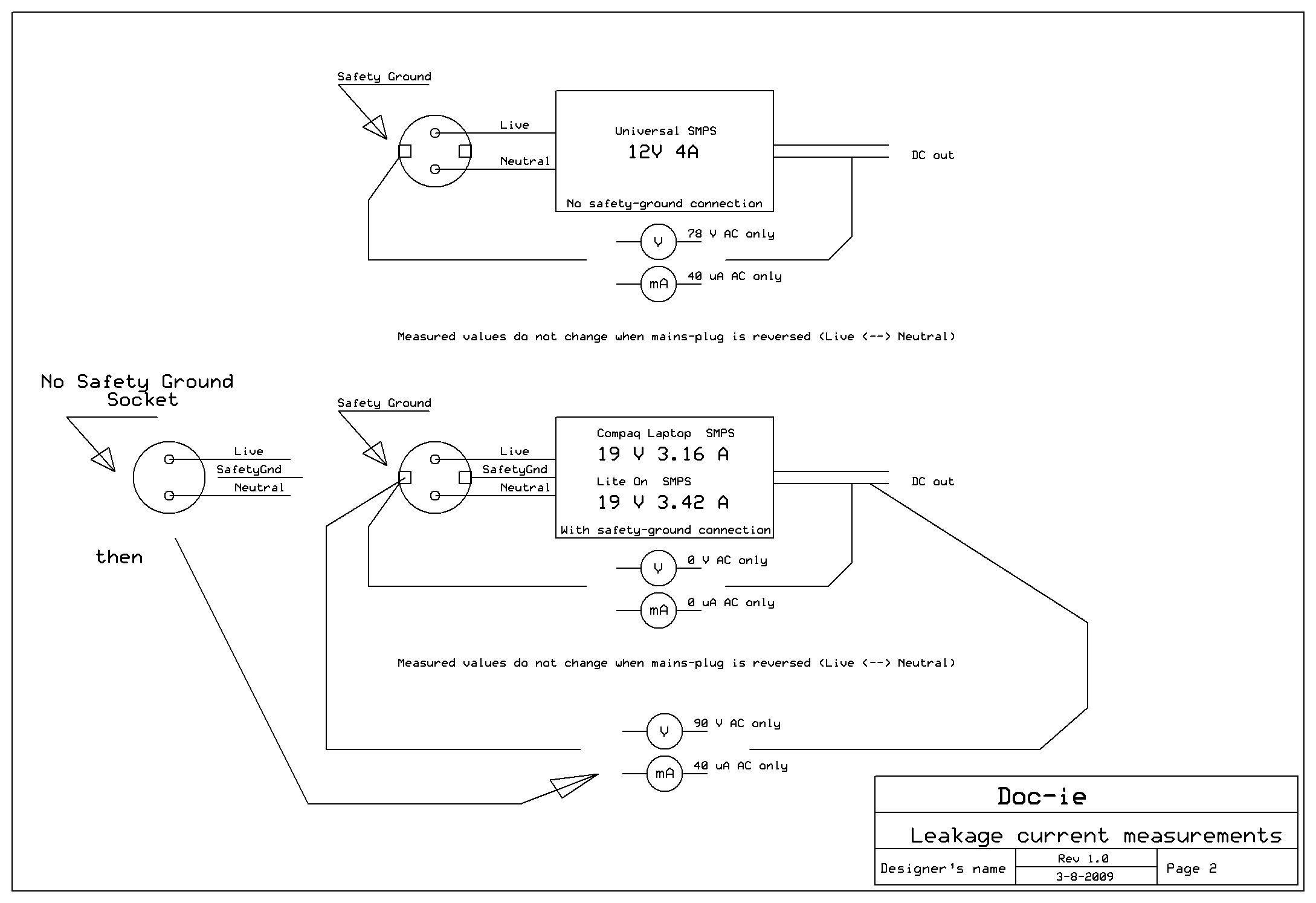 previous revision
previous revision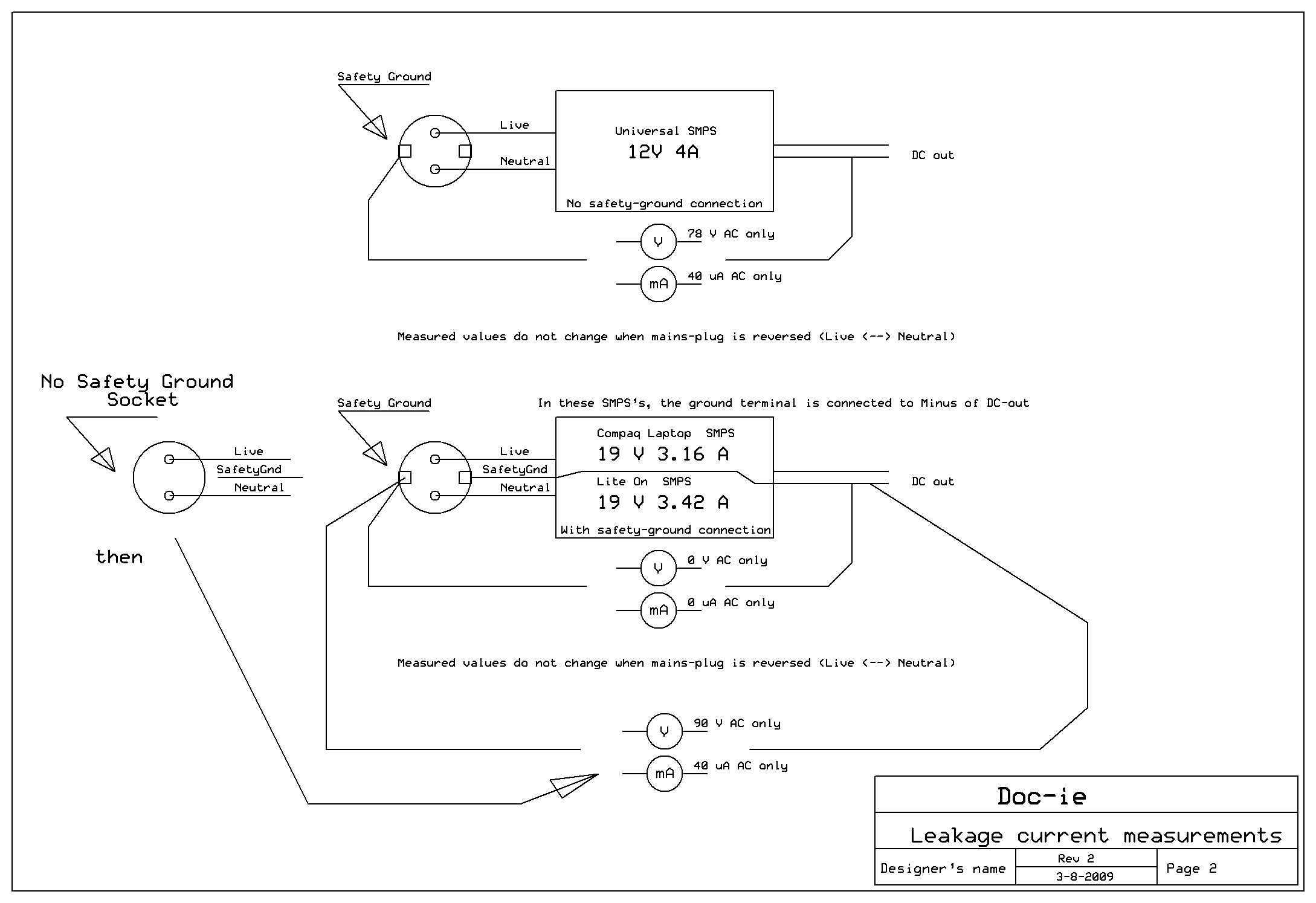
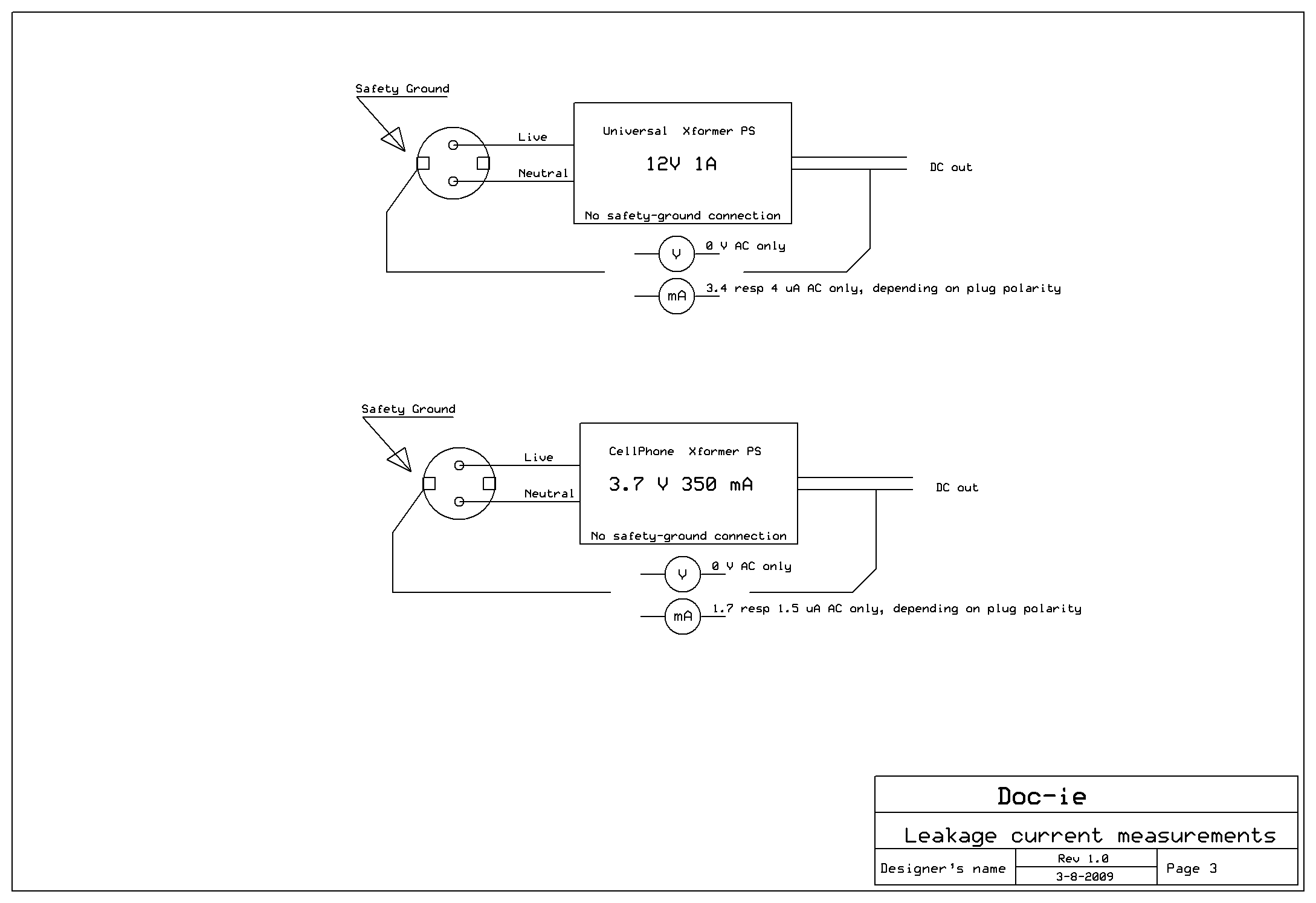
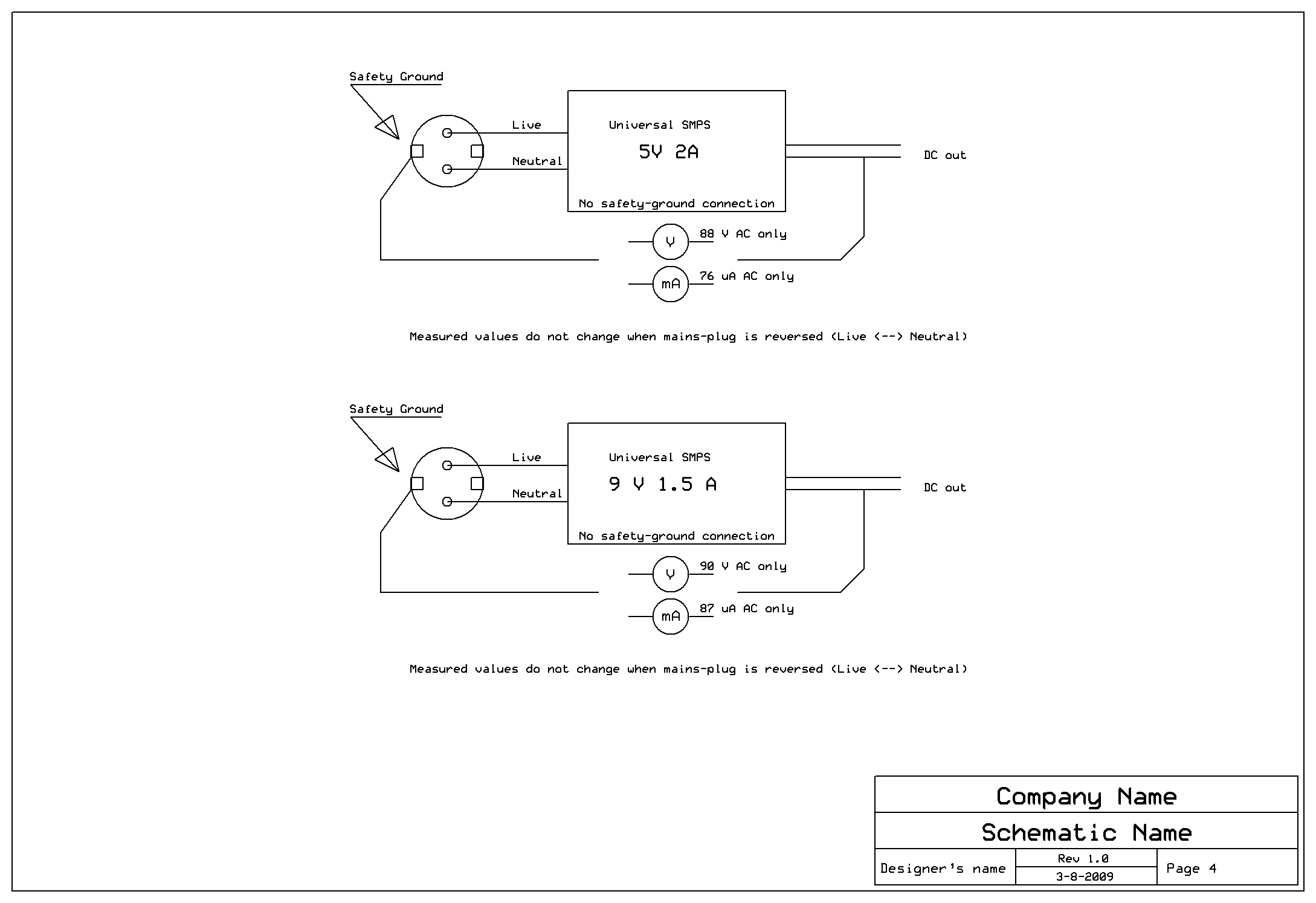
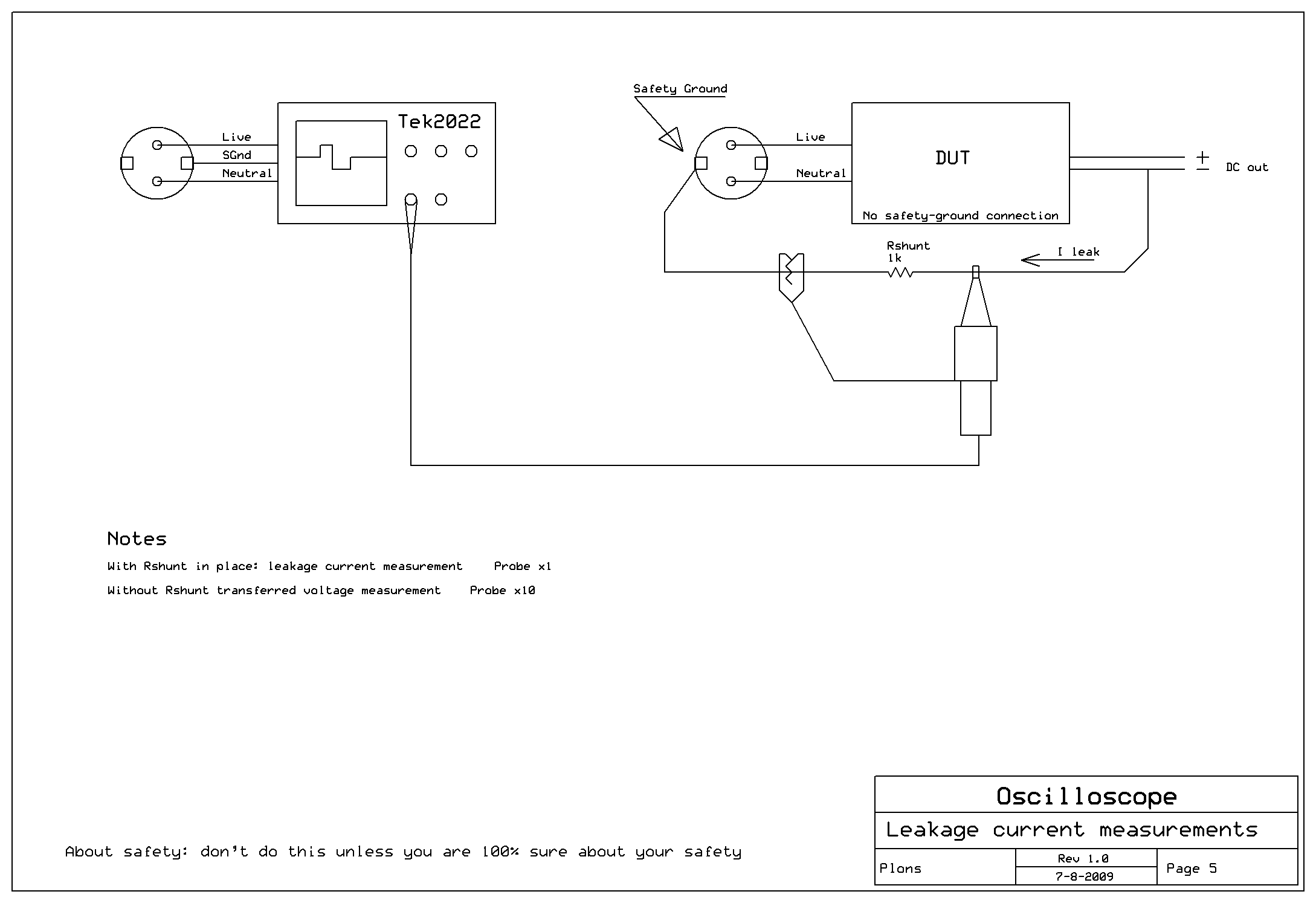
a. Transformer based 5V 800mA stab wallwart for Ethernet hub |
a. Transformer based 5V 800mA stab wallwart for Ethernet hub |
a. Transformer based 5V 800mA stab wallwart for Ethernet hub: plugged in "one way" |
a. Transformer based 5V 800mA stab wallwart for Ethernet hub: plugged in "the other way" |
b. Transformer based 19V 500mA unstab wallwart for powerlights |
b. Transformer based 19V 500mA unstab wallwart for powerlights: current image over 1k |
b. Probe 1x 1 MOhm |
b. Probe 10x 10 MOhm |
c. the best SMPS: Samsung recent cellphone charger |
c. the best SMPS: Samsung recent cellphone charger: current image over 1k |
c. Probe 1x 1 MOhm |
c. Probe 10x 10 MOhm |
d. the worst SMPS: Hape Univ wallwart |
d. the worst SMPS: Hape Univ wallwart: familiar picture, isn't it ? |
d. the worst SMPS: Hape Univ wallwart Probe 10x 10 MOhm |
d. the worst SMPS: Hape Univ wallwart Probe 1x 1 MOhm Even with the highest sensitivity setting on the scope, the amplitude is too big to fit on the screen |
